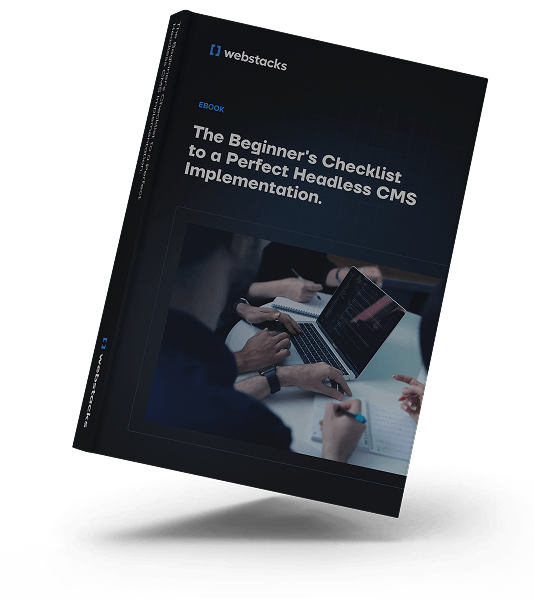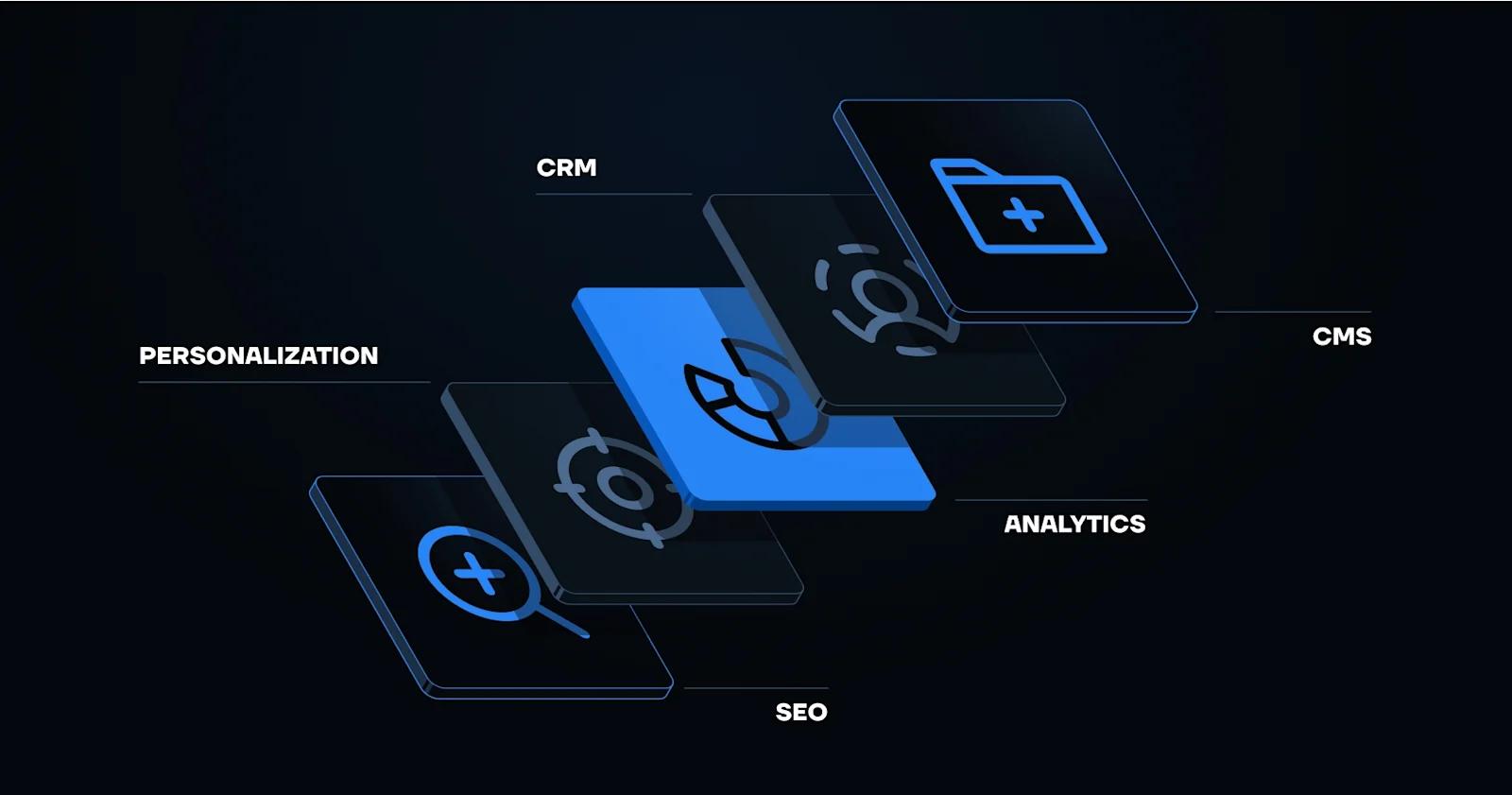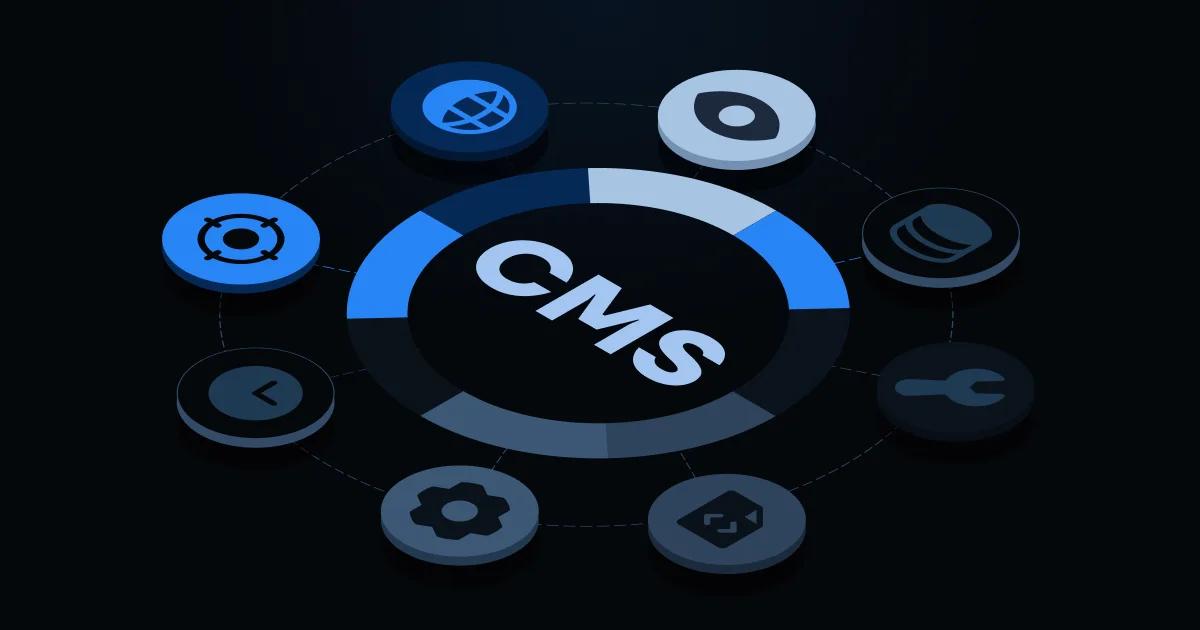Managing and organizing vast amounts of data can be a daunting task for organizations. With remote work becoming more prevalent, the need for a streamlined and efficient enterprise content management strategy has never been more crucial.
But have you ever wondered how to develop an ECM strategy that truly elevates your content management capabilities?
This guide will help you understand how to develop an ECM strategy that enhances your content management capabilities. We will cover the basics of ECM, key elements of an effective strategy, and best practices for implementation.
With this knowledge, you can improve how your organization handles digital assets and achieve better business outcomes.
Key Takeaways
- Discover the core principles of enterprise content management (ECM) and its importance for modern businesses.
- Explore the key components of an effective ECM strategy, including content capture, storage, access, and workflow automation.
- Learn how to develop and implement an effective ECM strategy tailored to your organization's unique needs and goals.
- Uncover best practices for optimizing content search, retrieval, and ongoing management to maximize the value of your digital assets.

What is Enterprise Content Management (ECM)?
Enterprise Content Management (ECM) is a strategic approach that helps organizations effectively manage their digital and physical content throughout its entire lifecycle.
The ECM market was worth $11.04 billion in 2022. It encompasses a range of tools, systems, and processes that enable businesses to capture, store, organize, and retrieve information crucial to their operations.
At its core, an enterprise content management strategy aims to streamline content-related workflows, enhance collaboration, and ensure compliance with industry regulations. Through implementing an ECM system, organizations can transform the way they handle and use their valuable content assets, from customer records and financial documents to marketing materials and HR files.
ECM tools play a pivotal role in this process, providing organizations with the capabilities to:
- Digitize and capture content from various sources, such as paper documents, emails, and web-based forms
- Store and organize content in a centralized repository, making it easily accessible to authorized users
- Automate content-driven workflows, improving efficiency and reducing the risk of human error
- Integrate ECM systems with other business applications, enabling seamless information exchange
- Enforce enterprise-level security and compliance measures to protect sensitive data
- Facilitate content collaboration and knowledge sharing across the organization
Using enterprise content management can enhance an organization's overall productivity, streamline decision-making processes, and ultimately deliver a better customer experience.
Understanding the Importance of an Enterprise Content Management Strategy
Enterprise content management is a critical component for efficient information management in organizations of all sizes. An effective ECM strategy creates a central repository for your company's valuable data, breaking down information silos and allowing better control over content access, versioning, and security.
One of the key benefits of implementing an ECM system is its ability to help your organization comply with regulatory requirements and industry standards. Ensuring proper document retention, version control, and security measures, ECM systems play a vital role in mitigating compliance risks and managing legal obligations.
Beyond compliance, an enterprise content management strategy can also drive significant improvements in customer satisfaction and operational efficiency. 82% of consumers now expect responses within 10 minutes. Through streamlining content access and retrieval, your employees can respond to customer inquiries more promptly, leading to greater customer loyalty and retention.
Additionally, the cost savings associated with reduced printing, physical storage, and manual document handling can have a substantial impact on your bottom line.
Key Components of an Enterprise Content Management Strategy
An effective enterprise content management (ECM) strategy is built upon several core components that work together to create a comprehensive solution for managing your organization's digital assets.
From content capture and creation to storage, organization, access, and automation, each piece plays a vital role in optimizing your content workflows and ensuring you get the most value from your information.
1. Content Capture and Creation
The ECM capture component involves digitizing and importing content from various sources, transforming unstructured data into organized and manageable assets.
This may include integrating with document scanners, email inboxes, and other systems to seamlessly bring in new content, applying optical character recognition (OCR) to make text searchable, and leveraging intelligent capture tools to extract key metadata.
2. Content Storage and Organization
The ECM management component focuses on organizing, categorizing, and applying metadata to ensure your content is well-structured within your content ecosystem, easily retrievable, and compliant with industry regulations.
A strong ECM repository provides secure and scalable storage solutions to accommodate growing content volumes, while advanced classification and search capabilities enable quick access to the information you need.
3. Content Access and Retrieval
The search capabilities within an ECM system allow users to quickly locate relevant information through keyword searches, advanced queries, and dynamic filtering.
Whether you're looking for a specific document, a piece of customer data, or insights buried in unstructured content, the right ECM tools can surface the needed information in seconds.
4. Content Workflow and Automation
94% of workers say that they perform repetitive, time-consuming tasks. ECM systems also offer advanced content workflow and automation features to streamline content-centric processes, such as document approvals, case management, and records retention.
Digitizing and optimizing these workflows with workflow automation tools can improve efficiency, reduce errors, and ensure compliance with established policies and procedures.

Developing an Effective ECM Strategy and Roadmap
An impactful enterprise content management strategy is crucial for organizations seeking to streamline their content processes, boost productivity, and drive digital transformation.
Here's a detailed approach to developing an effective ECM strategy and roadmap:
Assess Current Content Management Practices
Begin by evaluating your existing content management landscape:
- Identify pain points in current content workflows.
- Analyze content creation, storage, and retrieval processes.
- Assess the effectiveness of existing tools and technologies.
- Quantify time and resources spent on content-related tasks.
Setting ECM Goals and Objectives
With a clear understanding of your content landscape, establish well-defined ECM goals aligned with your business vision:
- Improve content accessibility and searchability.
- Enhance collaboration and knowledge sharing.
- Streamline approval processes and workflows.
- Ensure compliance with industry regulations.
- Reduce storage costs and optimize resource allocation.
Establish specific, measurable targets for each objective. For instance, aim to reduce document retrieval time by 50% or increase successful first-time searches by 75%.
Choosing the Right ECM Software Tools and Technologies
Select ECM tools and technologies that empower your team and integrate seamlessly with existing systems:
- Document management systems for centralized storage and version control.
- Workflow automation tools to streamline processes.
- Collaboration platforms for improved teamwork.
- AI-powered search and categorization capabilities.
- Mobile-friendly solutions for remote access.
Consider incorporating a headless CMS into your ECM strategy. This approach separates content creation and storage from content presentation, allowing for greater flexibility in how and where content is displayed.

It enables omnichannel delivery, ensuring that your content can be easily distributed across multiple platforms and devices.
Evaluate potential solutions based on features, scalability, user-friendliness, and integration capabilities. Consider both cloud-based and on-premises options to find the best fit for your organization.
Designing an ECM Workflow
Create a comprehensive ECM workflow that optimizes content lifecycle management:
- Content creation and capture.
- Metadata tagging and classification.
- Storage and version control.
- Access control and permissions.
- Collaboration and editing.
- Approval and publishing processes.
- Archiving and retention policies.
- Content disposal and deletion.
Tailor this workflow to your organization's unique needs, leveraging the capabilities of your chosen ECM tools. Ensure that the workflow addresses key pain points identified in the initial assessment and aligns with your established goals and objectives.
By following these steps and continuously refining your approach, you can develop an ECM strategy that drives efficiency, productivity, and innovation across your organization.
Implementing Enterprise Content Management Systems
Implementing an enterprise content management system is a crucial step in transforming your strategy. This process requires careful planning, employee training, and a focus on user adoption to ensure a successful outcome.
Through following a structured approach, you can seamlessly implement ECM and maximize the benefits of your new content management solution.
Planning the Implementation Process
Develop a detailed implementation plan involving key website stakeholders:
- Define clear timelines and milestones
- Outline specific steps for system rollout
- Consider data migration strategies
- Plan for system integration with existing tools
- Anticipate and prepare for process changes
Embrace project management practices during implementation. Organizations that use such practices have a 92% success rate in meeting project objectives. Consider using methodologies like Agile or PRINCE2 to manage the implementation process effectively.
Training Employees on ECM Systems
Effective employee training is essential for successful user adoption:
- Provide comprehensive training sessions covering system features and functionality
- Develop role-specific training modules to address unique user needs
- Offer hands-on learning opportunities and practical exercises
- Create easily accessible documentation and user guides
- Establish a support system for ongoing assistance and troubleshooting
Ensuring User Adoption and Engagement
User adoption is critical for the long-term success of your ECM solution:
- Communicate the benefits of the new system clearly and frequently
- Address concerns and resistance proactively
- Solicit and act on user feedback throughout the implementation process
- Provide incentives for early adopters and power users
- Continuously monitor user engagement and system usage
Consider implementing a headless CMS approach as part of your ECM strategy. This can enhance user adoption by providing a more flexible and user-friendly interface for content creation and management, while also future-proofing your content delivery capabilities.
Best Practices for ECM Strategy
Adopting the right best practices is crucial for an effective enterprise content management strategy. This includes taking steps to optimize content for seamless search and retrieval, as well as regularly reviewing and updating ECM processes to ensure they continue to meet evolving business needs.
Optimizing Content for Search and Retrieval
To make your content easily discoverable and accessible, focus on these best practices for optimizing content for search and retrieval:
- Implement metadata tagging to categorize and describe content assets
- Optimize content titles, descriptions, and keywords for improved search engine visibility
- Ensure all content is stored in a centralized, easy-to-navigate ECM system
- Use advanced search functionalities like filters, facets, and natural language processing
Regularly Reviewing and Updating ECM Processes
Regularly reviewing and updating your ECM processes is key to maintaining an agile, future-proof content management strategy. Consider these best practices:
- Conduct periodic audits to identify areas for improvement in your best practices for ECM
- Solicit feedback from end-users to understand their evolving optimize content for search and optimize content for retrieval needs
- Assess the performance of your marketing tech stack, and review ECM processes to ensure they are still meeting your requirements
- Implement update ECM processes to adapt to changing business conditions and content management demands
Measuring the Success of Your ECM Strategy
Monitoring the success of your enterprise content management strategy is essential for ongoing improvement. To do this, set clear key performance indicators (KPIs) and use analytics to track the results of your ECM initiatives.
This will help you understand how well your strategy is working and allow you to make informed decisions to enhance your content management practices.
Establishing KPIs
Defining relevant KPIs is the first step in measuring the success of your ECM strategy. It’s important to ensure that these KPIs are connected to your broader business goals. According to a survey by Google, 95% of leading marketers agree that marketing analytics and KPIs must align with overall business objectives to be truly effective.
By establishing clear KPIs, you can track how well your ECM initiatives are performing and identify areas for improvement. For example, you might set KPIs related to document retrieval times, user adoption rates, or content accuracy.
Regularly measuring these indicators will help you make informed decisions that enhance your content management practices.
Depending on your organization's goals, these metrics may include:
- Content accessibility: Measure the ease and speed with which users can locate and retrieve the information they need.
- User productivity: Assess how your ECM solutions have improved employee efficiency and collaboration.
- Cost savings: Analyze the financial benefits of streamlining content-related processes and reducing storage or printing costs.
Using Analytics to Monitor ECM Performance
Once you have established your KPIs, use analytics tools to closely monitor your ECM performance. Tracking metrics such as content views, downloads, and search queries can help you to gain valuable insights into how your users interact with your content and identify areas for improvement.
Adapting Strategy Based on Performance Data
Regularly reviewing your KPIs and analytics can help to continuously adapt your ECM strategy to address evolving business needs and user requirements.
This may involve adjusting content management processes, optimizing search functionality, or investing in new ECM technologies to enhance the overall efficiency and effectiveness of your content ecosystem.
Overcoming Common ECM Challenges
Implementing an effective enterprise content management strategy can present various challenges. From managing large volumes of content to ensuring consistency across the organization, organizations must navigate a complex market to reach the full potential of their content management initiatives.
Managing Large Volumes of Content
As businesses continue to generate and accumulate vast amounts of content, managing these large volumes can become a daunting task. To overcome this challenge, organizations can leverage AI-driven automation tools that streamline content capture, organization, and retrieval processes.
Cloud-based ECM solutions can also provide scalable storage and accessibility, enabling teams to efficiently manage content regardless of its size or format.
Ensuring Consistency Across the Organization
Maintaining content consistency can be challenging when dealing with multiple departments, locations, and systems. However, it's crucial for effective enterprise content management. Here's how to achieve it:
- Establish clear data governance policies and procedures. This ensures all content adheres to established standards, branding guidelines, and compliance requirements.
- Implement a centralized content repository. This provides a single source of truth for all content, reducing inconsistencies and duplication.
- Create collaborative workflows. These help maintain content integrity throughout its lifecycle, from creation to archival.
- Develop an illustration system or style guide. This keeps branding consistent across all content types and channels.
- Use automated tools for consistency checks. These can help identify and correct inconsistencies in formatting, terminology, or branding.
- Provide regular training on content standards. This ensures all team members understand and follow the established guidelines.
The effort to maintain consistency pays off. Studies show that businesses can experience up to a 23% increase in revenue through cohesive and recognizable brand identities. Consistent content not only strengthens your brand but also improves user experience and trust in your organization.
Remember, consistency doesn't mean rigidity. Allow for flexibility where appropriate, but always within the framework of your established guidelines.
Integrating ECM with Other Business Systems

B2B Marketing Tech Stack
Seamless integration of ECM systems with other enterprise applications, such as CRM, ERP, or collaboration tools, is crucial for optimizing content management workflows.
Organizations can overcome this challenge by selecting ECM solutions that offer strong integration capabilities, allowing for the efficient exchange of data and streamlining of business processes.
This level of integration can drive productivity, enhance decision-making, and ensure that content is easily accessible across the organization.
Addressing these common ECM challenges through the adoption of best practices can help organizations to reach the full potential of their content management initiatives and drive tangible business outcomes.
Conclusion: The Future of Enterprise Content Management Strategy
As organizations continue to generate and manage ever-increasing volumes of content, the importance of an effective enterprise content management strategy will only grow.
The future of ECM will likely see greater integration of advanced technologies like artificial intelligence, machine learning, and cloud computing to automate content-related tasks, enhance search and retrieval capabilities, and provide real-time insights.
Here at Webstacks, we help many leaders in tech level up their online presence through next-gen solutions for B2B websites. Join our growing community of B2B experts and learn the ins and outs of building a website through our headless CMS implementation checklist.
If you want to learn more about Headless CMS B2B web strategy for enterprises, feel free to reach out to us today!




